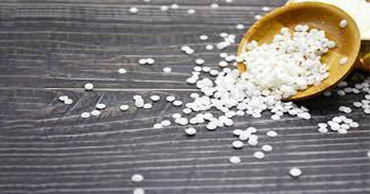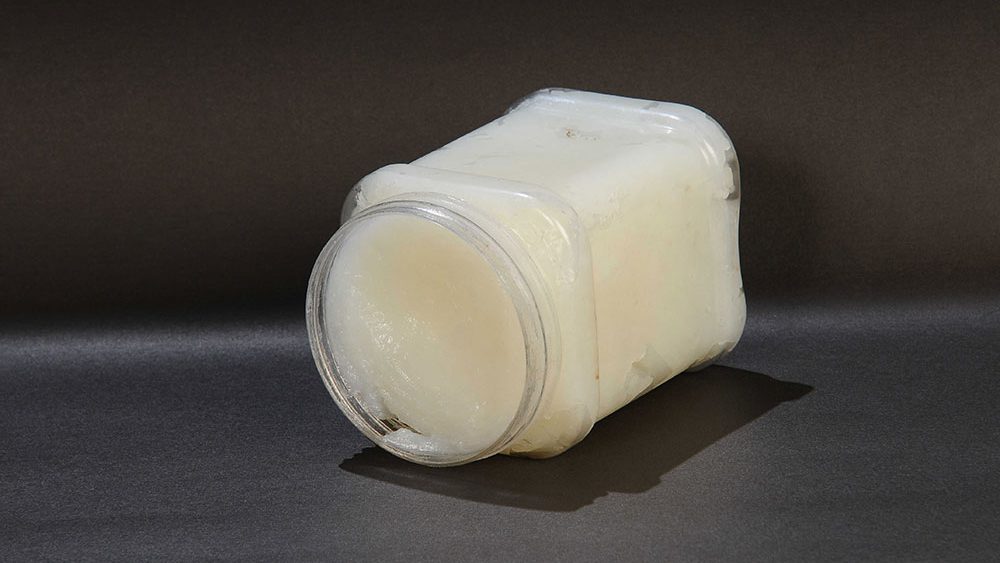Call us
+98 21 7108 5000
Email us
ceo@k-hco.com

Differences between light and heavy paraffin
Differences between light and heavy paraffin
Wax Paraffin wax is a soft white or colorless solid obtained from petroleum, shale oil or coal, generally this paraffin is produced from petroleum residues. Paraffin wax consists of smaller crystals and has a relatively high melting point compared to fully refined paraffin. Also, this product has low viscosity and thermal conductivity. Light and heavy paraffin wax are often used in the production of various products such as candles, wax paper and food packaging. They are also used in industrial applications such as waterproofing and lubrication. In addition, they are used in skin care products to create a protective barrier and moisturize the skin.
Characteristics of light paraffin wax

- Introduction of light paraffin wax
Light paraffin wax is a clear, odorless, waxy solid with a faint petroleum-like odor. Light wax is a low-grade petroleum by-product that can be solid at room temperature. In fact, this substance is created by the partial distillation of oil and consists of hydrocarbons with a carbon chain length between 5 and 20 atoms. Light paraffin has a low viscosity, meaning that when heated, the substance becomes very thin and liquid-like.
- Characteristic of light paraffin wax
This material has a number of useful properties such as low melting point, high oil content, good lubricity, water resistance, high flexibility and good moldability. Light paraffin wax is very fragile and insoluble in water, its melting point is between 46 and 65 degrees Celsius, and it does not form a surface layer. It also has a low shrinkage rate, high thermal stability and low price, which makes it an ideal choice for various uses. It is tasteless, which is very suitable for use in food and medical products. Since it is non-toxic, it is safe for humans and animals.
- Application of light paraffin wax
Light paraffin wax is widely used in many industries such as food, pharmaceutical, candle making, rubber and polishing. It is non-toxic and non-allergenic and suitable for use in cosmetics and other products. In addition, it is safe to use in various applications due to its non-toxic and non-corrosive nature.
Specifications of heavy paraffin wax
- Introduction of heavy paraffin wax
The color of this paraffin is dark brown and somewhat brittle. It consists of highly refined paraffin hydrocarbon chains and is harder and denser than other paraffins. It has a small amount of oil and is insoluble in water. It is solid at room temperature, has excellent thermal stability, low vapor pressure and electrical insulating properties. It is also resistant to corrosion and oxidation.
- Feature of heavy paraffin wax
Heavy paraffin wax has a melting point between 120 and 140 degrees Celsius, a freezing point between 50 and 80 degrees Celsius. Heavy paraffin waxes have a higher molecular weight and are more viscous than light paraffin waxes. They have a viscosity of 800 to 1500 at 100 degrees Celsius. It is very difficult to ignite and tends to burn slowly, making it an excellent choice for fire prevention applications. It is also known for its waterproof properties, making it a great option for protecting surfaces from moisture or water damage.
- Application of heavy paraffin wax
This wax is more expensive than other types of paraffins and is often used in products such as furniture polish, bag and shoe polish, lubricants and cosmetics. Also, this paraffin is used for candle making, glue production, coatings and polishes. It is widely used in various industries, including pharmaceuticals, food processing, cosmetics. In fact, it is used as a lubricant and waterproofing agent.
The difference between light and heavy paraffin wax
According to the characteristics and specifications of light and heavy paraffin wax, the difference between these two materials can be expressed as follows:
- Heavy paraffin wax has a harder wax than light paraffin wax, is harder to work with and has a higher melting point. It is mostly used for making candles and sculptures because it holds its shape better than light paraffin. On the other hand, light paraffin has a lower melting point, is softer than heavy paraffin, which makes it easier to work with, and is mostly used to produce soaps, lotions, and cosmetics.
- Heavy paraffin is more difficult to ignite than light paraffin, which means it can be used in applications that require a higher degree of strength and thermal stability. Light paraffin, on the other hand, ignites more easily due to its low melting point, which makes it more suitable for applications that require lower temperatures.
- The melting point of heavy paraffin is 65 degrees Celsius, but the melting point of light paraffin is 53 degrees Celsius, so light paraffin is softer and more flexible.
- When buying, pay attention to the determination of hardness and luster. Light paraffins usually have a smoother surface and a higher gloss than heavy paraffins. Heavy paraffins have a harder surface and less gloss.
- Although both paraffins are of good quality, light paraffins are usually cheaper than heavy paraffins. To a large extent, the production cost of heavy and light paraffin wax depends on their raw materials. In general, heavy paraffin wax is more expensive because it requires more energy and effort to achieve the consistency and composition. The heavy and light paraffin purification process is another factor in determining the price. The complexity and level of refinement in the production of heavy paraffin is often more complicated than that of light paraffin, which can sometimes lead to an increase in the price of heavy paraffin.
Final word
When buying light and heavy paraffin wax, you should consider the melting temperature. Light paraffin has a melting point of about 53°C, while heavy paraffin has a melting point of 65°C. As a result, you should choose the right wax according to the temperature required for your project. Light paraffins are likely to have additives to increase the melting point, whereas heavy paraffins are usually pure. Depending on your project, you should consider whether you need additives in the paraffin.

